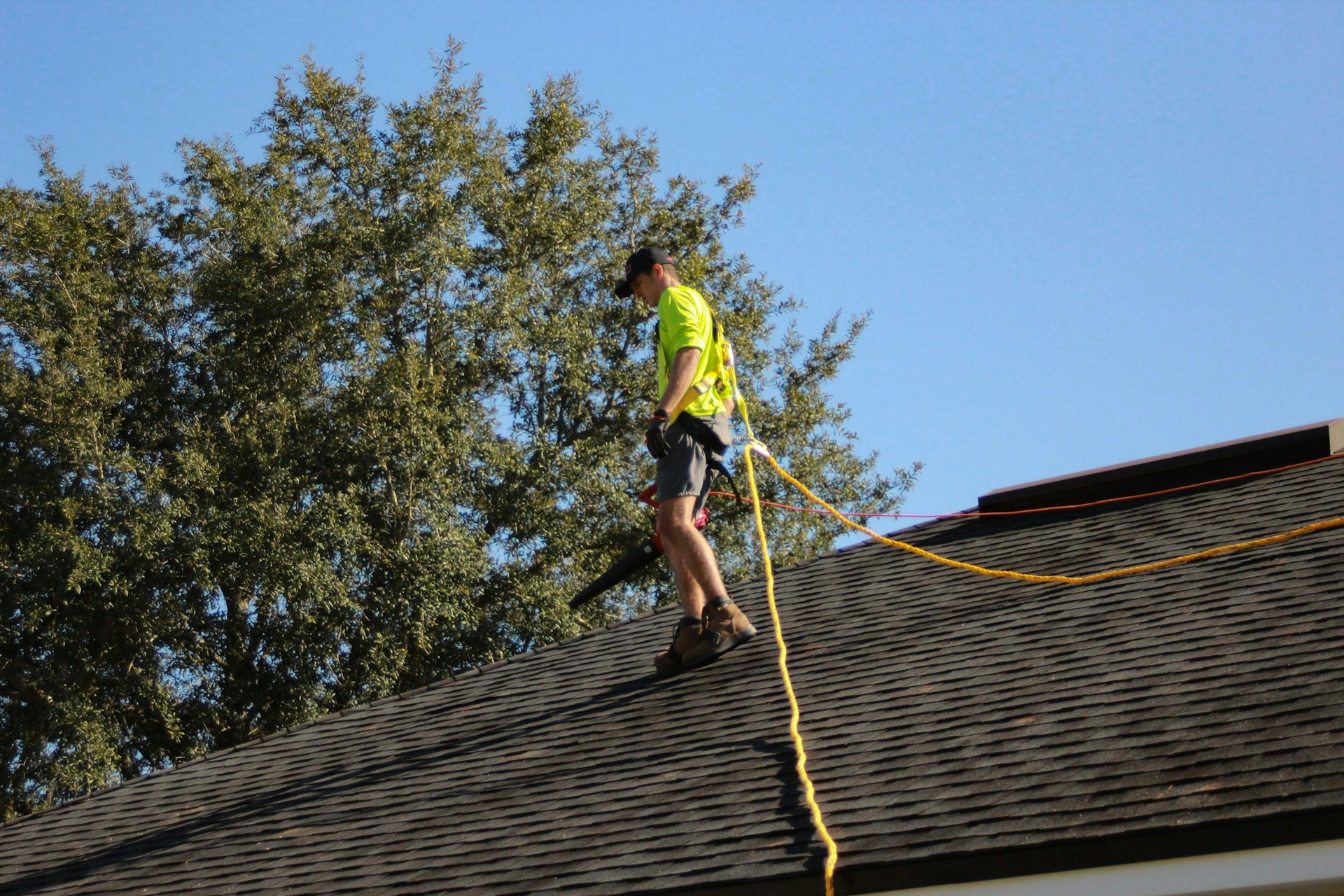Roofs are one of the most essential elements of any building, but the actual composition of the structure is a mystery to most homeowners. When the time comes to replace the roof of your home or business, this lack of familiarity can quickly lead to information overload and decision paralysis as contractors list out the different options available and the scope of the project.
The easiest way to avoid becoming overwhelmed is to arm yourself with the information you need to make informed decisions. Familiarizing yourself with the roof replacement process and the difficult choices you’ll need to make during the project can help alleviate the stress and anxiety that accompany major renovations.
Selecting The Right Roofing Material
The first step in the roof replacement process is selecting a material for the outer layer, which provides a waterproof shell for your building. There are dozens of different roofing materials and styles, but the most common in the United States are tile, metal, and shingles. Each has strengths and weaknesses, and they must be considered in conjunction with other factors like your budget and geographic location.
Shingles are the most common roofing material in the United States due to their cost-effectiveness and ease of installation and repair. They are made from lightweight, waterproof materials like asphalt, which makes them cheap to produce and requires far less skilled labor and time to install.
This comes at the cost of being far less sturdy, meaning repairs will be required more often, especially if you live in an area prone to inclement weather. Shingles’ lifespan is also significantly shorter than other roofing materials, which means they will not do much for your home’s resale value.
Metal roofing is more durable than shingle roofs and can last 50-80 years, depending on the type of metal used. It is also lightweight and easy to work with, making installations quicker and allowing homeowners to choose from various shapes and colors to match their aesthetic tastes.
However, metal roofs’ lifespans are significantly diminished by proximity to the ocean, as the salty air corrodes the material much quicker. Depending on the gauge of the metal used, its light weight can also make it susceptible to high winds. Users have also noted that metal roofs can significantly amplify the noise of rain, making for an uncomfortable sleeping environment on rainy nights.
Tile roofs are recognizable and highly sought after for their dusty terracotta coloring and the classical aesthetic they provide for a structure. Roof tiles are made from hard, heavy materials like concrete, clay, or slate, making them extremely durable, weather-resistant, and long-lasting. A properly maintained clay tile roof, for example, may have a lifespan of hundreds of years, making it a valuable addition to your home.
This solidity makes roof tiles very expensive and difficult to work with, so installation requires much more specialized labor and time. Unless the home was built with tile roofing in mind, it will likely need to be reinforced in order to not collapse under the sudden increase in weight.
The Installation Process
Once the material is chosen, an inspection will be conducted on the roof to assess the condition of the underlying structure. Roofs are made with multiple layers of waterproofing to keep out the elements, and any damage or wear to these layers can cause costly leaks in the future.
The roof’s underlying structure may also have been exposed to moisture over the years, causing rot and weakening support beams. These can be replaced or reinforced to support a sturdier roofing material if necessary.
The installation of the new roof begins with removing the old roof and replacing the upper layers of water-resistant underlayment. Breaks in the structure that are susceptible to leaks, like vents and chimneys, are flashed with sealants to ensure that moisture can’t leak in through cracks.
Quality roofing contractors also ensure that the roof has proper insulation and ventilation. This extra step drastically improves the home’s energy efficiency, temperature control, and the roof’s longevity, increasing the project’s cost-effectiveness.
Once the roof is waterproofed, the roofing material can be installed. The process varies depending on the material used, but it usually involves fastening the material to the structure using staples, nails, or rivets in overlapping layers to transport water up and away from the building.
After the initial installation is finished, a final inspection will be carried out to ensure that the project was completed to specification. This inspection will ensure that the roof meets quality standards and building codes so that the homeowner can avoid costly fines down the road.
With that, the installation is complete. Outside of those basic steps, there are thousands of small details and decisions that can pop up during the project, and the quality of the experience depends mainly on the quality of the contractor.
Why Contractor Quality Makes A Difference
Contractors are often incentivized to cut corners as much as possible to increase margins, regardless of how shoddy workmanship may impact customers. As any homeowner who has undergone a renovation can attest, contractor quality can turn a short and sweet project into a months-long nightmare.

By partnering with a reputable contractor like A&E Brothers Roofing, homeowners can rest easy knowing that the weight of decades of experience is behind the company working on their property. A&E Brothers stays on the cutting edge of roofing equipment and techniques, ensuring that your home’s roof is both weather- and future-proof.
A&E Brothers Roofing is the company to call if you need a high-quality roof installation or replacement. With over 50 years of industry experience, our professionals can help you with roofing, material selection, and installation. Get in touch with us to learn more about our roofing services and receive a free quote.



